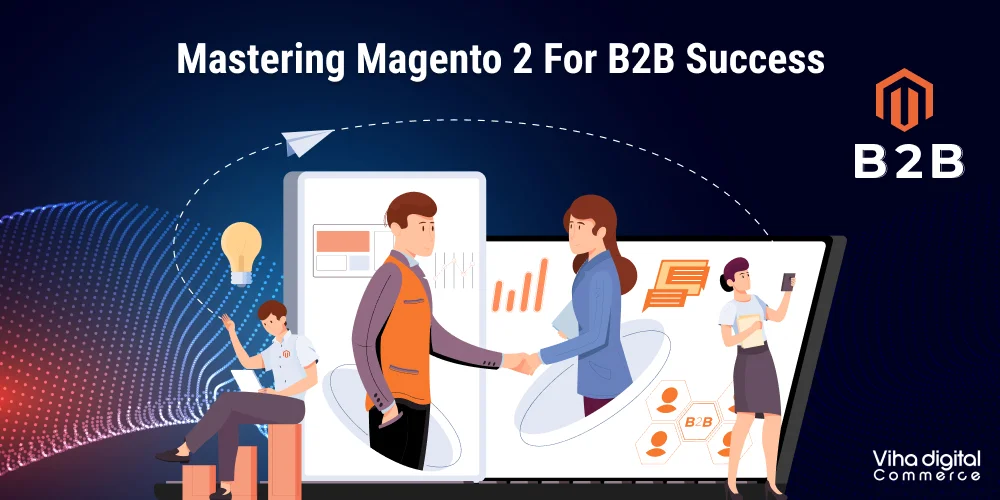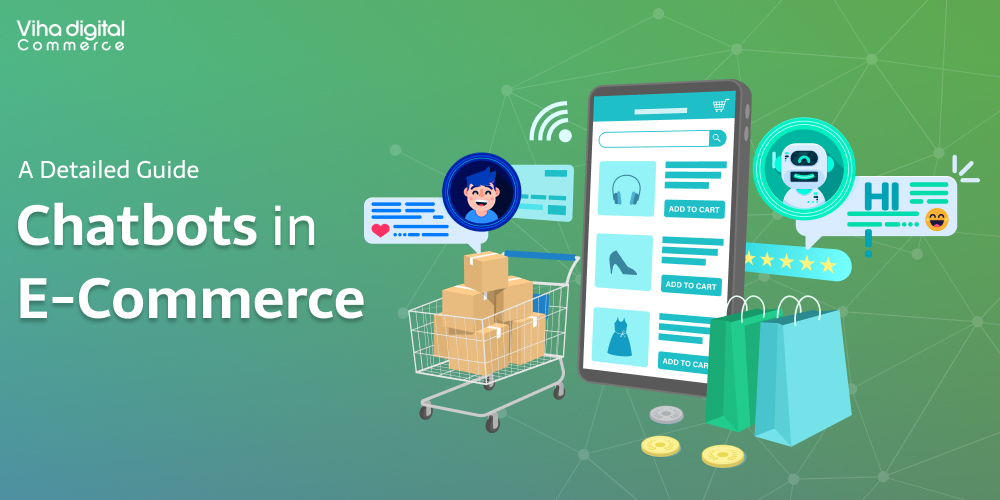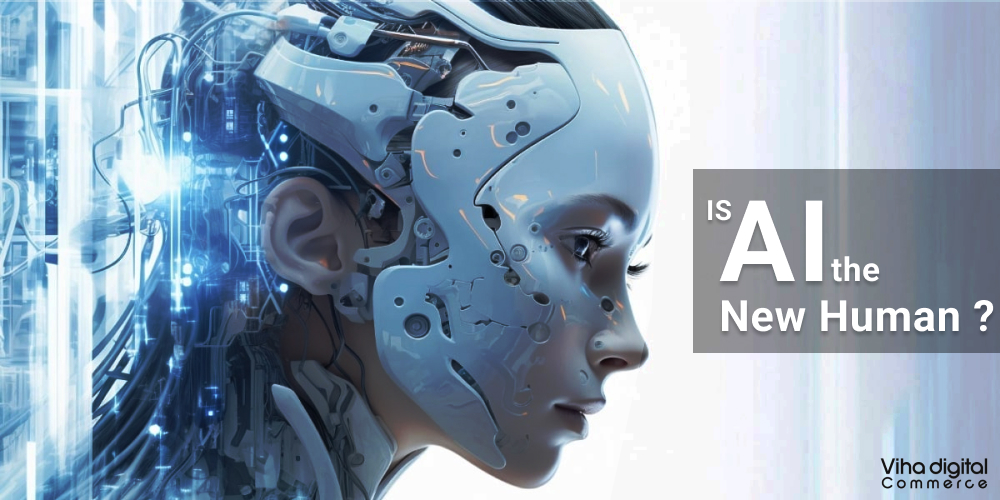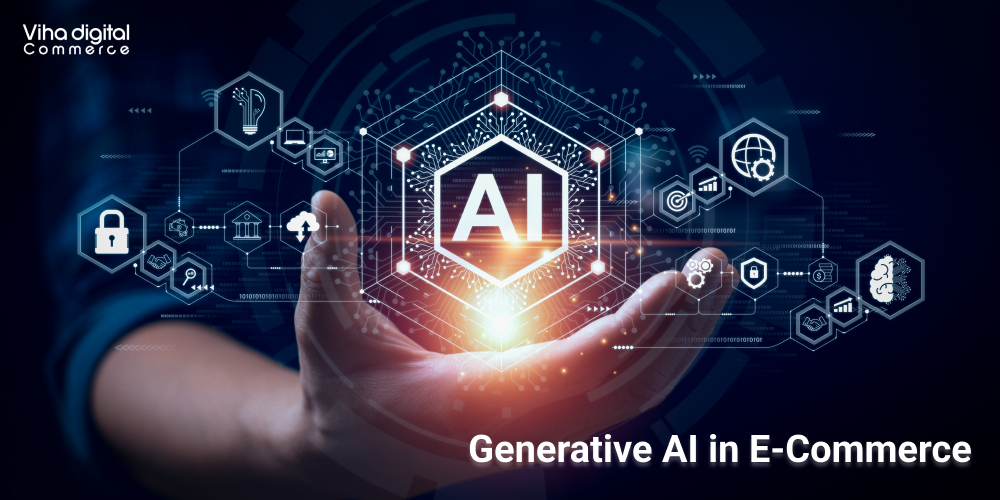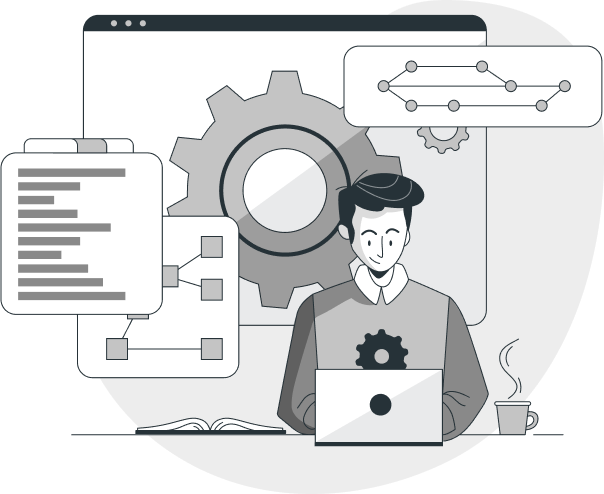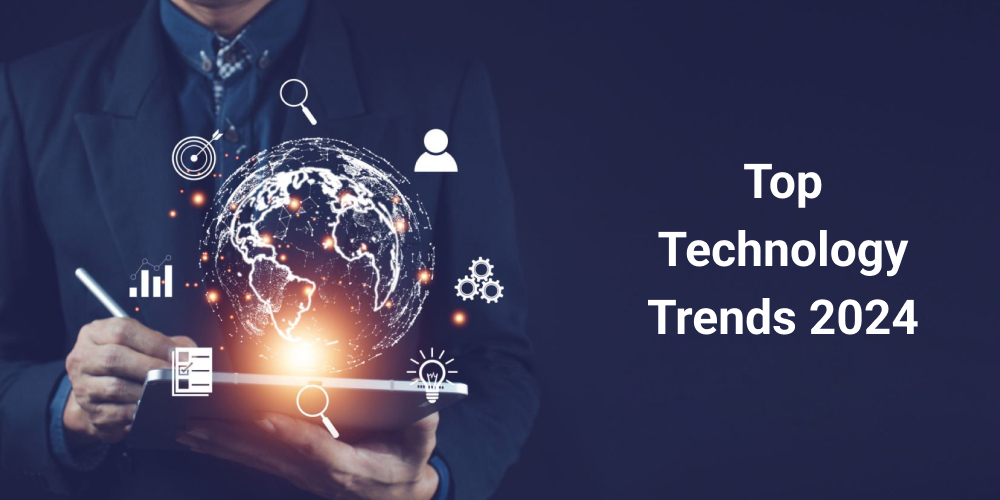
An In-depth Analysis : What are the Top Technology Trends of 2024?
When everything is prioritized, nothing is certain. Many corporate executives around the world suffer through a period of indecision because it is difficult to understand the breadth and depth of the rapidly evolving technology landscape.
- How can you prepare your company for the future?
- Which key market trends should businesses be aware of?
- Which modern technology is popular?
These are just a few of the pressing concerns on the minds of CTOs and COOs as they get ready to usher in a new era of digitization, which is sometimes fraught with difficult obstacles and hurdles.
Predicting the newest technological developments and their effects on businesses is crucial if you want to know the answers to these questions since it allows you to rethink goods and services, cut costs, boost productivity, and ultimately enhance people’s lives.
Viha Digital Commerce, one of the biggest names in Ecommerce Website Development worldwide, has always been curious about what lies ahead. We are highlighting some of the newest technological trends and patterns that contemporary businesses should be aware of in 2024 as a result of our thorough research into the past, present, and future.
Thus, these are the Top 10 Technology Trends for the upcoming year
1. Artificial Intelligence that adapts
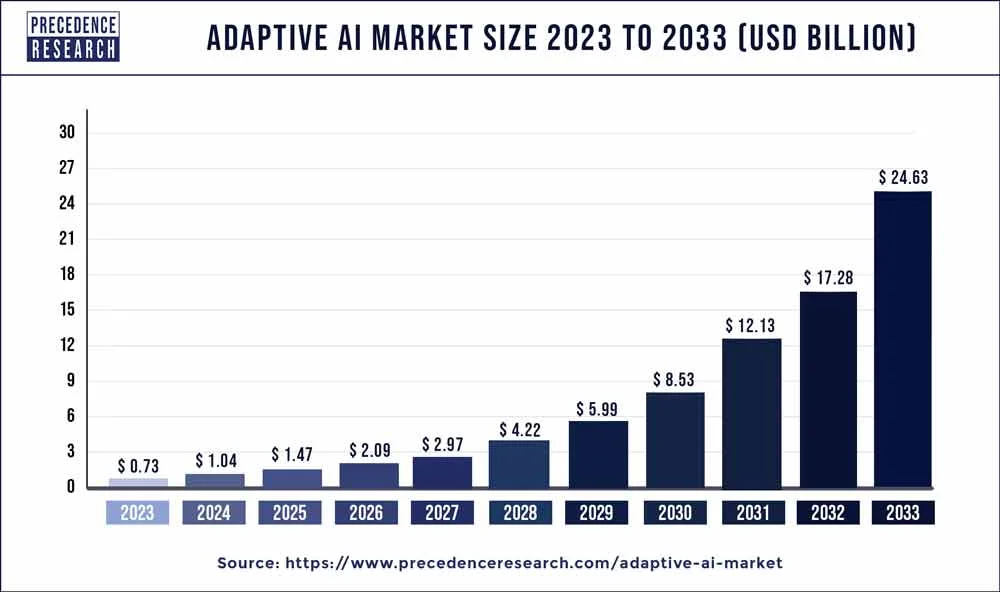
We’ll start our list with adaptive AI, a significant technological development that has the potential to change a lot of industries and make people’s lives better.
It is the process of enabling machines to learn from data and modify their behavior in response to changing conditions through the application of artificial intelligence and machine learning algorithms. Adaptive AI finds extensive applications in software development for healthcare, manufacturing, finance, and other sectors.
Its capacity to increase decision-making processes’ accuracy and efficiency is one of the main factors contributing to their appeal. Healthcare organizations, for instance, can employ adaptive AI to evaluate patient data and anticipate possible health problems before they worsen.
Furthermore, AI can enhance consumer experiences. You can design products and services that cater to the tastes and behavior of your customers by utilizing machine learning algorithms.
Recent AI data indicate that by 2026, companies using AI engineering methods to develop and maintain adaptive AI models will outperform their rivals by a minimum of 25%.
But there may also be issues with using adaptable AI, especially when it comes to ethical and privacy issues. To make sure you are using it in an ethical and responsible way, you will need to monitor and regulate it continuously.
2. The immunization of Digital Systems
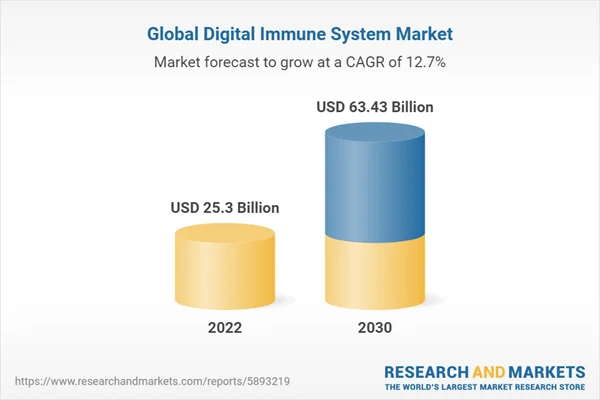
One of the newest technological ideas that has gained popularity recently is the idea of a digital immune system, or DIS. It is a software-based security solution that guards computer networks, devices, and systems from online dangers including malware, viruses, and other nefarious software.
Additionally, according to Gartner, businesses that invest in digital immunity by 2025 would be able to save downtime and boost customer satisfaction by 80%.
Artificial intelligence (AI) and machine learning (ML) techniques are commonly employed by DISs to analyze data from several sources and spot abnormal behavior patterns. Additionally, it can
Learn from previous assaults and modify defenses to meet evolving threats.
Maintain constant vigilance and safeguard against online dangers.
Reduce the effect of cyberattacks by anticipating and stopping them.
American Airlines is a successful use case for these kinds of technology. As part of their broader digital immunity strategy, the corporation used site reliability engineering (SRE), chaotic engineering methodologies, and a “test-first” approach to address unknown vulnerabilities and deal with expanding system complexity.
3. Management of AI Trust, Risk, and Security (AI TRiSM)
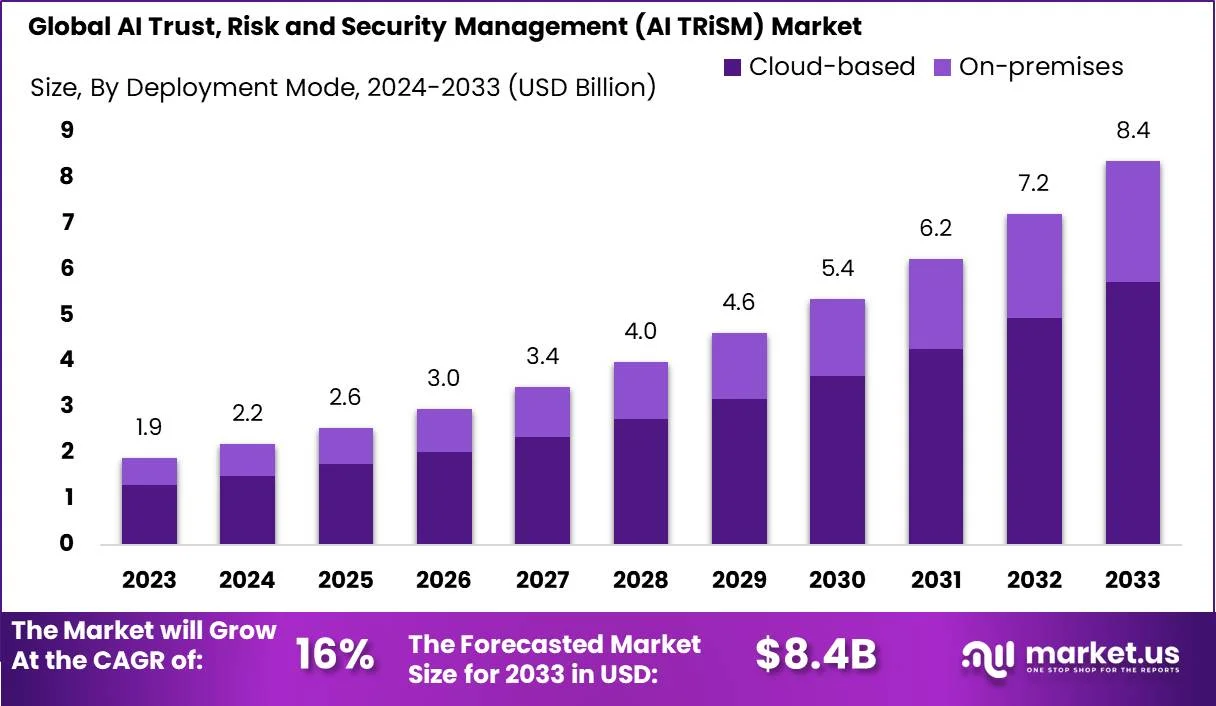
Without AI TRiSM, which focuses on addressing the risks and security problems connected with the implementation of artificial intelligence systems, our record of 2024 trends and technologies would be lacking. The objective is to guarantee that AI systems are reliable, safe, and secure for usage in a variety of contexts, including banking, healthcare, transportation, and other areas.
A variety of procedures are included in AI TRiSM, such as data privacy, security, governance, and ethics. Businesses that operationalize AI transparency, trust, and security will see a 50% improvement in their AI systems by 2026 in terms of business objectives, user acceptance, and adoption.
In summary, the rise of AI TRiSM as a technological trend underscores the increasing awareness of the necessity of using AI in a responsible and ethical manner, which is essential for fostering consumer confidence in AI products and encouraging their broad use across a range of sectors and applications.
4. Super App Development
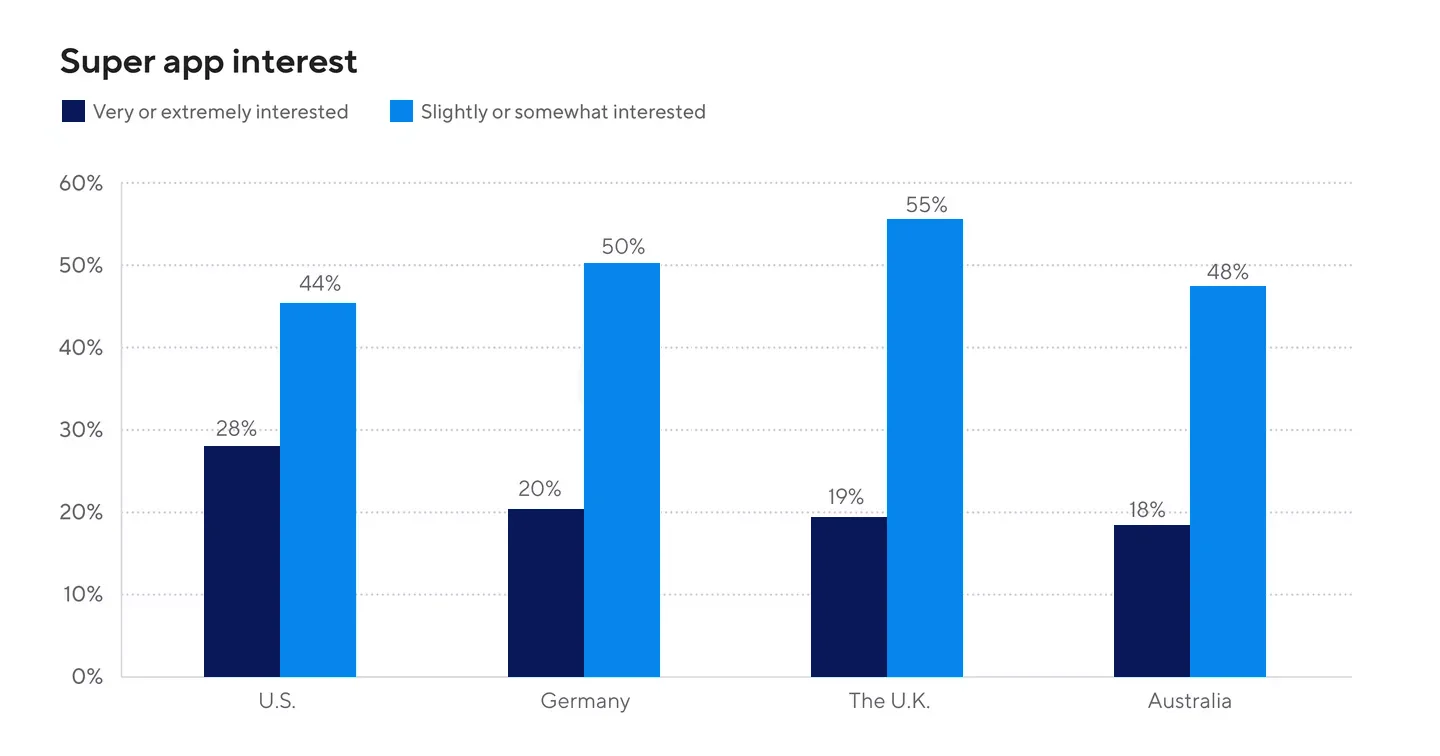
Another quickly developing industry that fully deserves a spot on the list of 2024’s top technological developments is super applications.
These are multipurpose mobile apps that provide customers with a variety of features and services on a single platform. These apps usually combine a number of services into one, including financial services, ride-hailing, food delivery, gaming, social networking, messaging, and eCommerce.
A super app’s concept is to offer a smooth and practical user interface that allows users to access many services without requiring them to switch between separate apps. It is expected that more than 50% of people on the planet will actively use many super applications, thus this industry is definitely not on the radar of upcoming technological advances.
PayPal is an excellent illustration of this type of program. With around 50 million users, it provides third-party mini apps for grocery delivery, bike rentals, and movie ticket purchases in addition to its own apps for retail shopping, money management, and other purposes.
5. The Industrial Metaverse
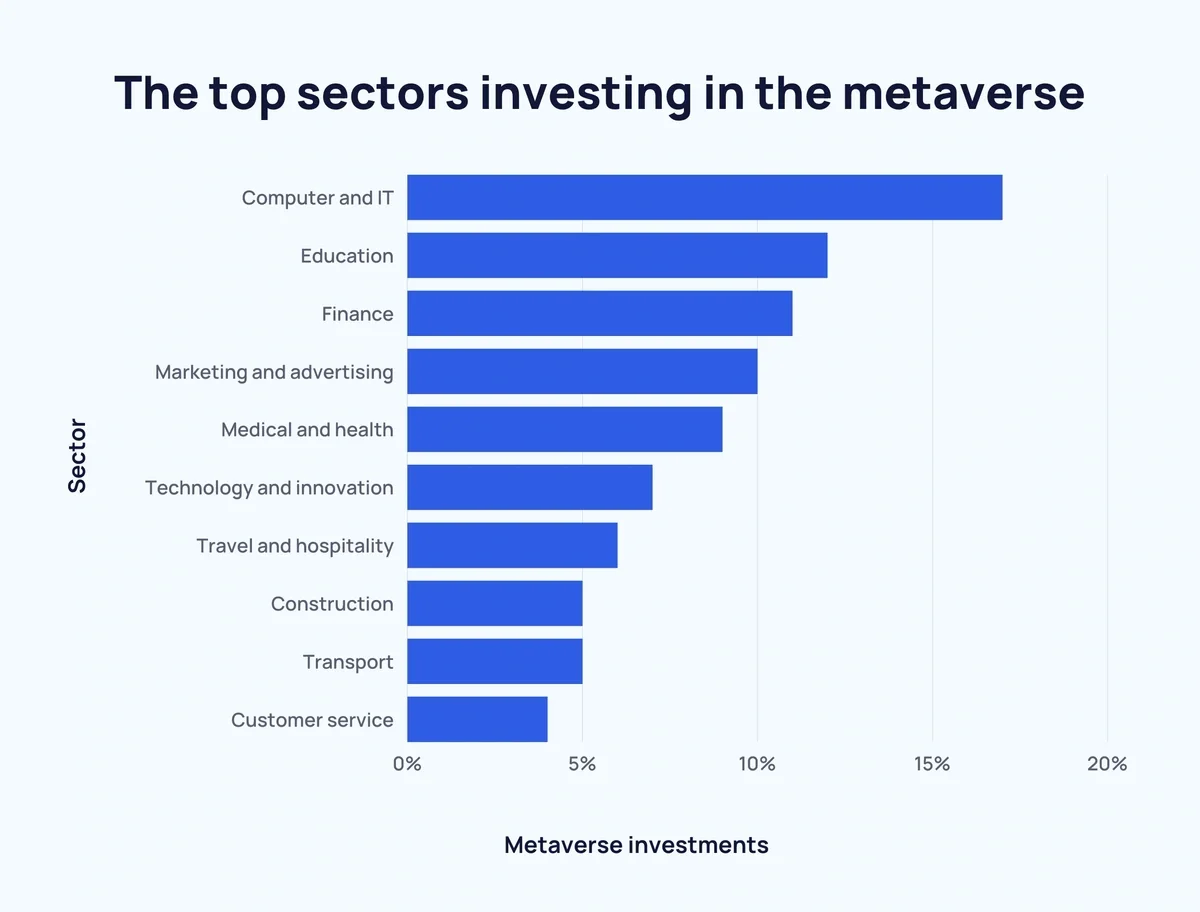
The industrial metaverse, another technological revolution created by Mark Zuckerberg, is projected to create up to $5 trillion in value by the end of 2030 and is ranked second in terms of popular technology trends for 2024.
In order to develop immersive and interactive digital environments for progressive web apps (PWAs), it refers to the usage of virtual and augmented reality (VR and AR) technology. According to this definition, the metaverse is a communal virtual environment where users can communicate in real time with enhanced copies of real-world items and data.
Because it allows for new types of training, collaboration, and visualization, industrial metaverse has the potential to revolutionize a wide range of industries. For instance, in the building industry, engineers and architects can utilize augmented reality to superimpose digital plans onto real-world settings, and workers in manufacturing can receive immersive instruction on safety protocols and equipment operation.
In summary, the industrial metaverse represents a technological advancement that has promise for streamlining organizational processes beyond what might be achieved with conventional technologies.
6. The Use of Quantum Computing
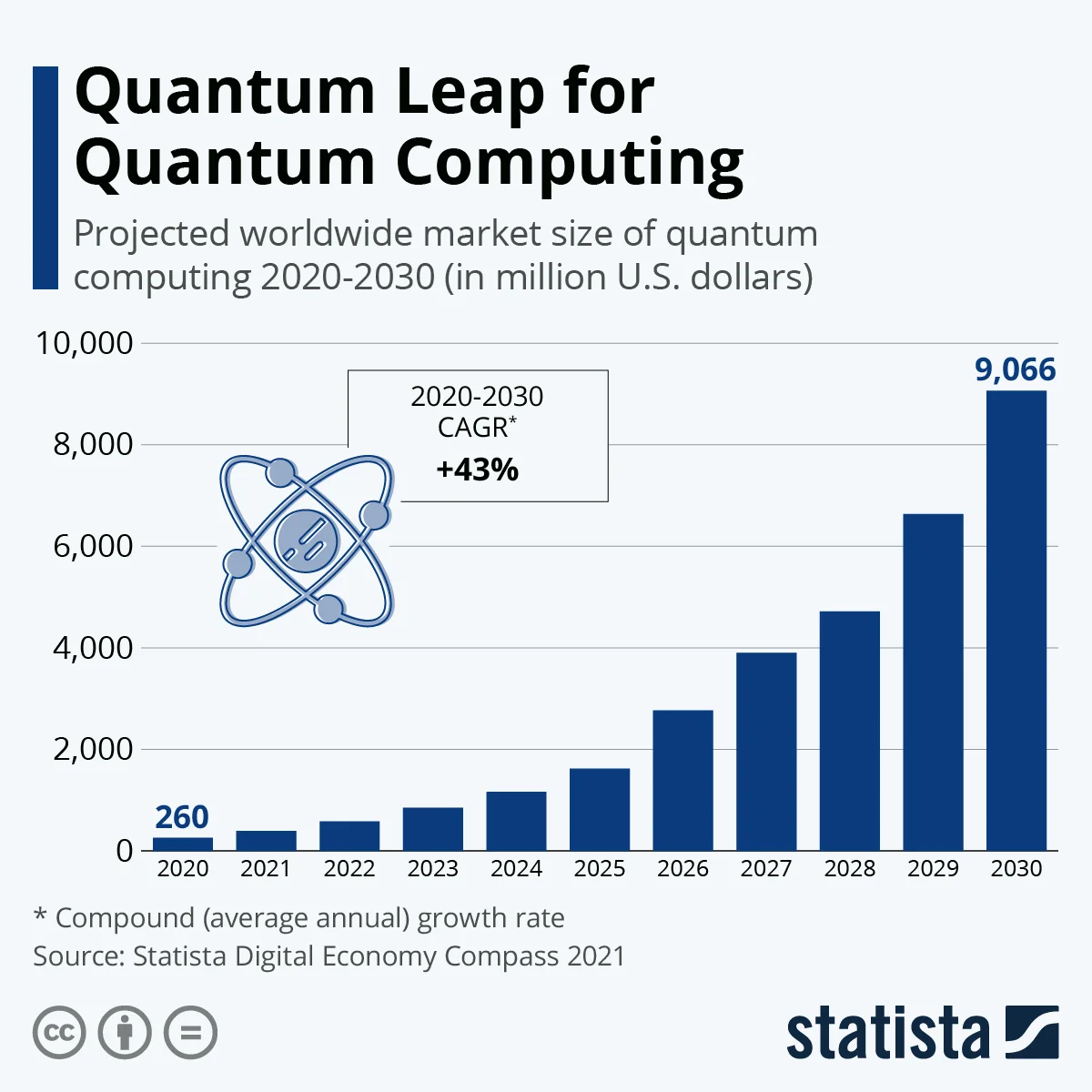
Another worthy heir to the top 10 technological trends is quantum computing, which has the potential to completely upend a variety of industries.
Quantum computers, as opposed to conventional computers, use quantum bits, or qubits, which enable far quicker and more intricate computations. Because of this, major IT companies including Microsoft, Google, and Amazon Web Services (AWS) are making significant investments in quantum computing. In actuality, it is anticipated that the global market for quantum computing will increase by $1765 million by 2025.
In the world of cryptography, where it can break many widely used encryption schemes and establish protocols that can withstand external attacks, quantum computing holds great promise. Additionally, it speeds up research and development in disciplines like artificial intelligence, materials science, and medication discovery.
Overall, one of the most interesting developments in information technology for 2024 is quantum computing, and it seems likely that this potent technology will find many more uses in the years to come.
7. Blockchain
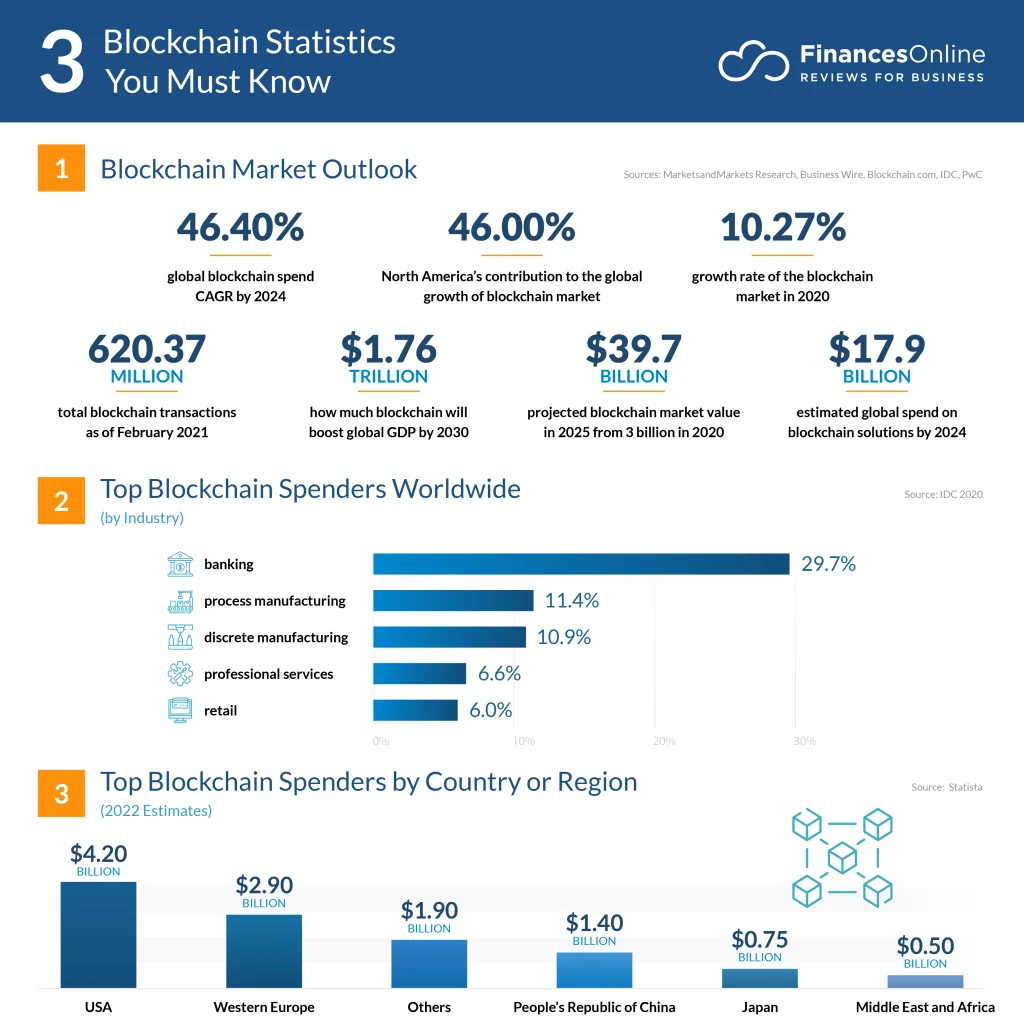
The development of blockchain technology, which has drawn a lot of attention recently as a decentralized digital ledger that securely and openly records transactions, is arguably the greatest of all IT trends and technologies.
The ability of blockchain to offer an extremely safe and secure transaction record is one of its main advantages. Because of this, it’s perfect for usage in applications like voting systems, supply chain management, and financial software development where security and trust are crucial.
Per Gartner, by 2030, blockchain will have contributed almost $3.1 trillion in global corporate value.
Blockchain has also received recognition for its ability to improve accountability and transparency in sectors like healthcare. Blockchain technology has the potential to save money, simplify departmental workflows, and securely store and exchange patient data in healthcare software development.
8. Web 3.0
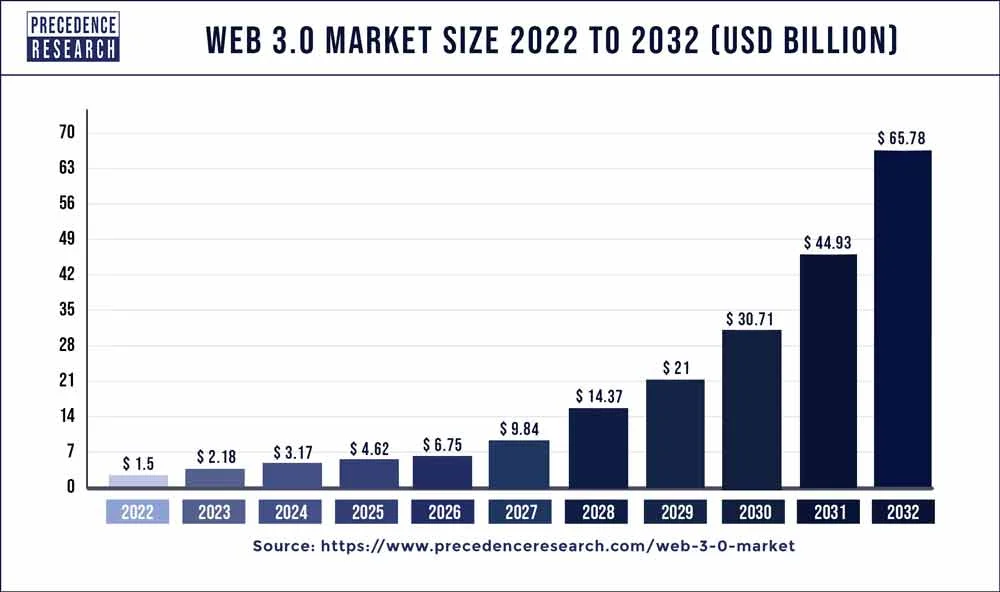
The next generation of web development tools and the Internet is called Web 3.0. It’s not a single technology; rather, it’s a group of ideas and technologies that are being developed to make the Internet safer and more effective.
By 2028, the Web 2.0 blockchain sector will bring in $23.3 billion in revenue worldwide.
43% of consumers believe that Web 3.0 should have stricter regulations than Web 2.0.
Over $4.5 billion in finance has been raised by 438 Web 3.0 companies thus far.
Blockchain is one of the main technologies underlying Web 3.0, allowing for the development of decentralized systems and apps that are capable of functioning without centralized management. Augmented reality, IoT for embedded development, and artificial intelligence are other important technologies.
In summary, Web 3.0 will significantly change how we use the Internet and is undoubtedly one of the most important technological developments of 2024 to keep an eye on as it develops and grows.
9. Eco-Friendly Technology
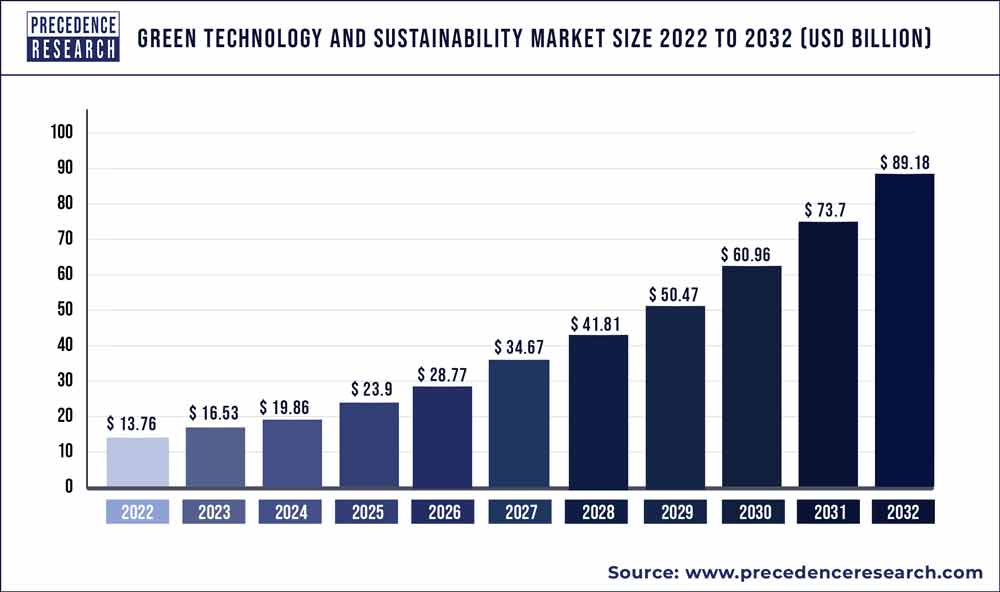
Finally, among the most popular technologies of today is sustainable technology, also known as “green tech.” As the name implies, it deals with the creation and application of technology that reduces adverse environmental effects. The need for people, companies, and governments to lessen their carbon footprint and safeguard the environment has led to a rise in the popularity of this technological trend in recent years.
Improving the IT ecosystem’s and workflows‘ material and energy efficiency is the main goal of sustainable technologies. As an illustration:
Utilizing shared resources more frequently can lower the environmental effect of cloud solutions.
Using enterprise greenhouse gas emissions management software, gather and analyze emissions data.
The need for sustainable technology is projected to increase as more businesses and people place a higher priority on sustainability. It’s not simply a fad; in order for people and organizations of all kinds to prosper in the years to come, this change is essential. Consequently, performance measurements are set to be implemented by 50% of CIOs as part of their IT sustainability strategy.
10. Generative Artificial Intelligence
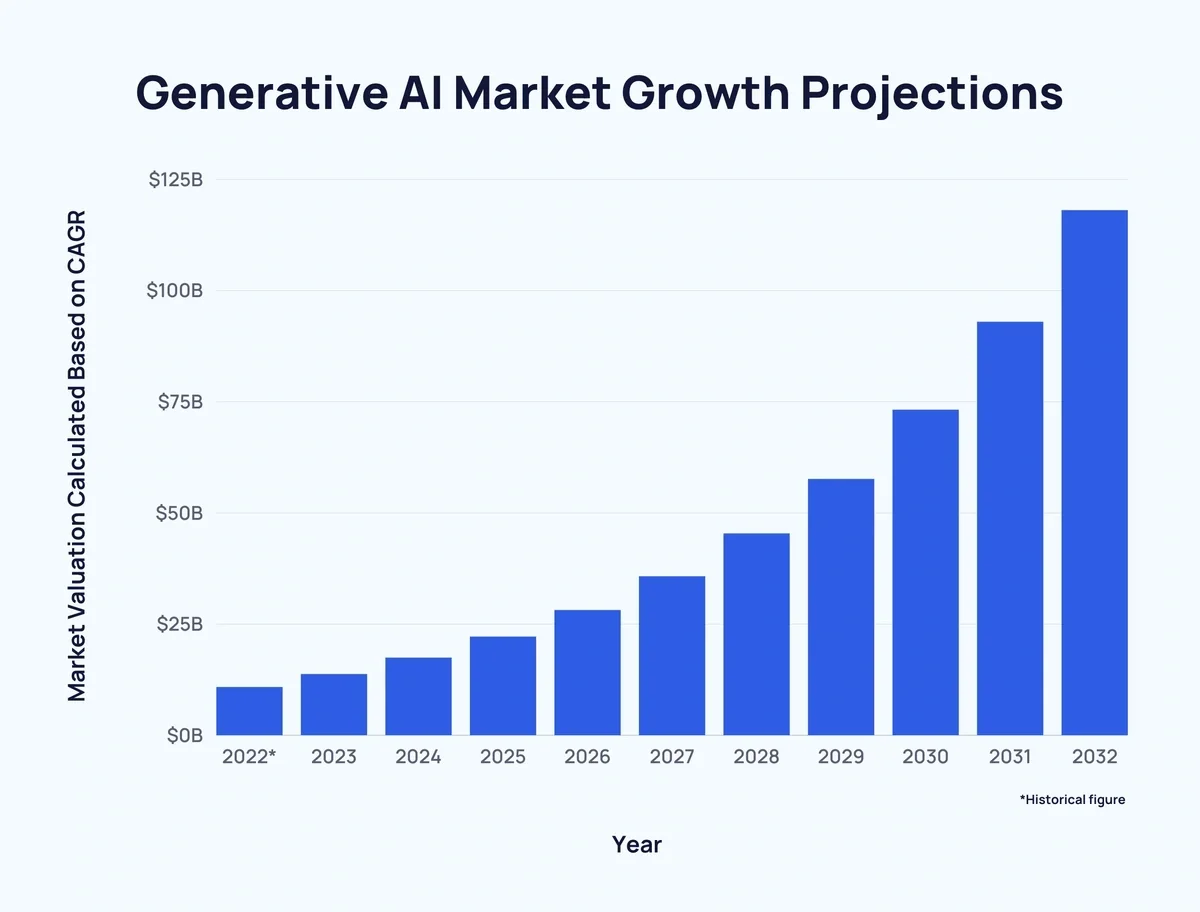
In 2024, generative AI will be in the spotlight thanks to its astounding capacity to produce human-centered, visually stunning, and musically remarkable content.
Investing in technology like generative AI has several advantages for company transformation. First of all, it enables companies to provide extremely customized client experiences by creating goods and services that are specifically catered to each customer’s needs and preferences.
Furthermore, the decision-making process has evolved as a result of generative AI’s predictive powers. Teams can use data analytics and pattern recognition to help with product creation, risk and trend prediction, business strategy optimization, and other tasks.

